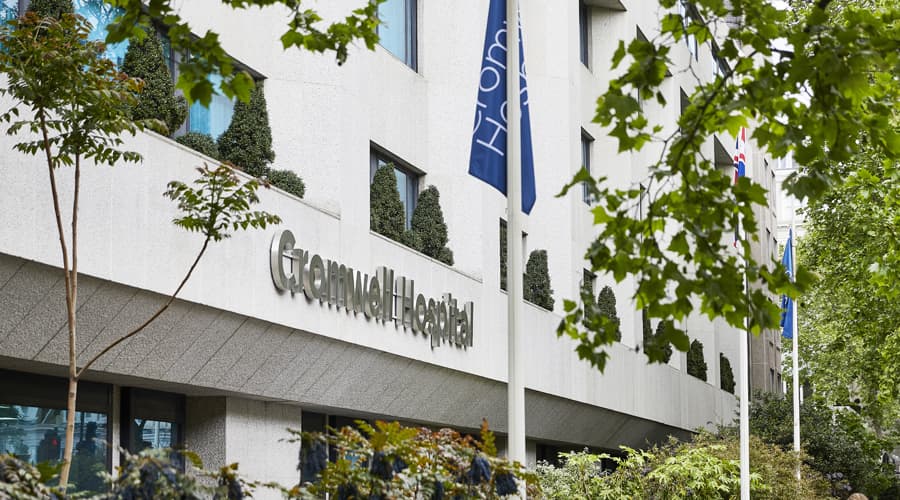Adenomyosis
Adenomyosis is when the tissue that lines the uterus (the endometrial glands) grows into the muscular wall of the uterus (the myometrium).
At a glance
What is it?
Adenomyosis is a gynaecological condition where endometrial gland tissue grows into the uterus wall.
Diagnosis
As well as a consultation and physical exam, you may also have an MRI scan, ultrasound or biopsy.
Treatment
Treatment options include anti-inflammatory medication, hormone therapy or a hysterectomy.
What is adenomyosis?
Adenomyosis is when the tissue that lines the uterus (the endometrium) grows into the muscular wall of the uterus (the myometrium).
This additional tissue acts normally by thickening, breaking down, and bleeding in response to hormonal changes. This can cause affected individuals to have painful periods that are heavier than normal.
Adenomyosis often goes away after menopause, but can be treated with hormone therapy or anti-inflammatory medicine. In some cases, a hysterectomy may be recommended.
Anyone with a uterus can develop adenomyosis, but you may be more likely to develop this condition if:
- you are between 30 to 50 years old
- you have given birth
- you have had prior surgery involving your uterus, such as a C-section or fibroid removal
Adenomyosis symptoms may include:
- severe menstrual cramps
- heavy and prolonged menstrual bleeding
- bloating and abdominal pressure
- chronic pelvic pain
- painful intercourse (dyspareunia)
Diagnostic tests for adenomyosis
If your consultant suspects you have adenomyosis, they will discuss your symptoms and medical history with you before carrying out a physical exam to see whether your uterus appears swollen. They may also recommend:
- ultrasound scan
- MRI scan
- biopsy
Several other conditions share the same symptoms as adenomyosis, such as endometriosis and fibroids, so it is important to rule these out.
Adenomyosis treatment
Adenomyosis often goes away after the menopause, so the type of treatment you have may depend on your age.
- Anti-inflammatory medication – To help control the pain and inflammation in your uterus, particularly before your menstrual cycles.
- Hormone therapy – The combined pill or hormone-containing patches can help lessen bleeding and pain through your menstrual cycle.
- Hysterectomy – If your adenomyosis is severe, a hysterectomy may be recommended where other treatments have failed.
Endometriosis and adenomyosis are similar conditions, but not exactly the same.
In endometriosis, tissue that is similar to the tissue in your uterus grows into other parts of the reproductive system, like your ovaries or fallopian tubes.
In adenomyosis, tissue does not grow outside of the uterus – instead it grows into and thickens the uterus’ muscular walls.
Endometriosis can be treated at Cromwell Hospital’s International Centre for Endometriosis, which is recognised as an Accredited Endometriosis Centre by the British Society for Gynaecological Endoscopy.
Paying for your treatment
We welcome both self-paying and insured patients.
Self-pay patients
We offer several ways for patients to self-pay, including pay-as-you-go and self-pay packages.
Insured patients
At Cromwell Hospital, we accept private health insurance from most major providers, including AXA, Aviva, Bupa, and Vitality.
Our locations

This page was reviewed for clinical accuracy by Mr Amer Raza, Consultant Gynaecologist.
Contact us today
Our team will be happy to answer any questions and book your appointment.
Self-pay: +44 (0)20 7244 4886
Insured: +44 (0)20 7460 5700
Book an appointment today
Call us now for appointment bookings, general queries, and personalised quotes.
Alternatively, you can contact us using our online form.
